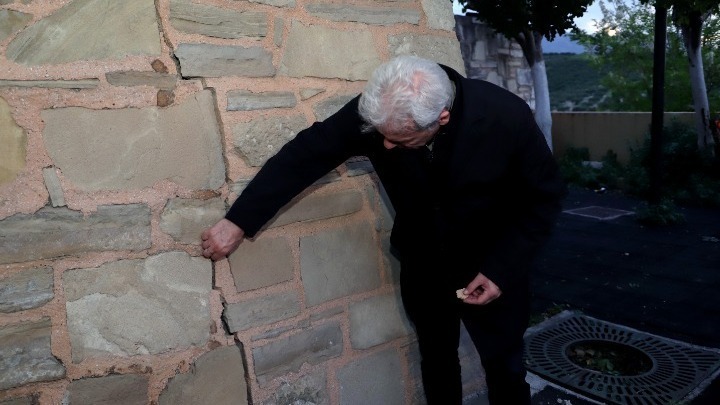Athens Buildings pose future challenge

The upkeep and renovation of Athens’ buildings will be one of the biggest challenges that will confront the capital in the years to come.
Apart from the extensive problem of abandoned and dilapidated structures, the primary concern revolves around the renovation of thousands of aging apartment buildings throughout Attica.
Many of the buildings that were constructed as early as the interwar era, but mainly during the postwar decades of intense building activity, contain apartments and offices that require immediate maintenance, energy upgrades, comprehensive renovations and adaptations to the demands of modern living.
Architect Konstantina Kalfa and geographer Eleni Gadolou have spent the past two years mapping apartment building construction in the 1955-1970 boom, in the framework of a research project at the National Technical University of Athens. The first part of their research maps the construction licenses issued in Athens for apartment buildings in 1955 and 1965, cross-referencing the information with oral testimonies.
The research demonstrated how apartment buildings gradually began to proliferate in central areas, primarily Kypseli, Kolonaki, Ampelokipi, Exarchia, Viktoria Square and Koliatsou Square in 1955. A decade later the same occurred in Pangrati, Ampelokipi, the historic center, Kallithea, Zografou and the coastal suburbs.
“Basically, two categories of apartment buildings were constructed during that period,” says Kalfa, noting the “good” urban apartment buildings, such as those in Kolonaki and other upscale districts, and those built by “antiparohi,” a system consisting of a property exchange between the plot owner and developer. The developer would be given a plot in exchange for one or more apartments in the new building, which was usually designed to fit as many units as possible.
“During that period, ‘antiparohi’ was the main method of constructing apartment buildings, accounting for 90% of permits in 1955 and 60% in 1965,” she says.
Source: ekathimerini.com





